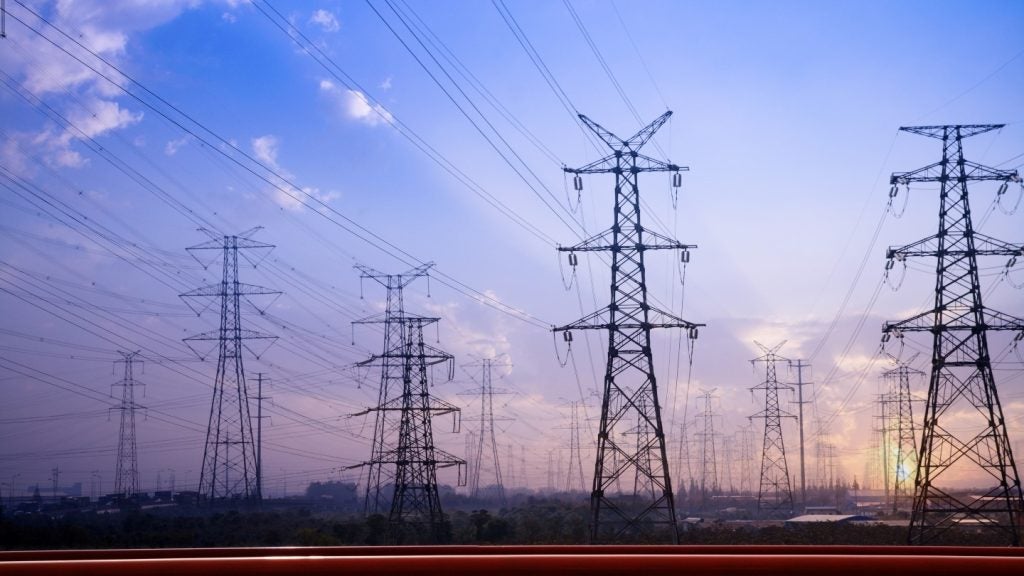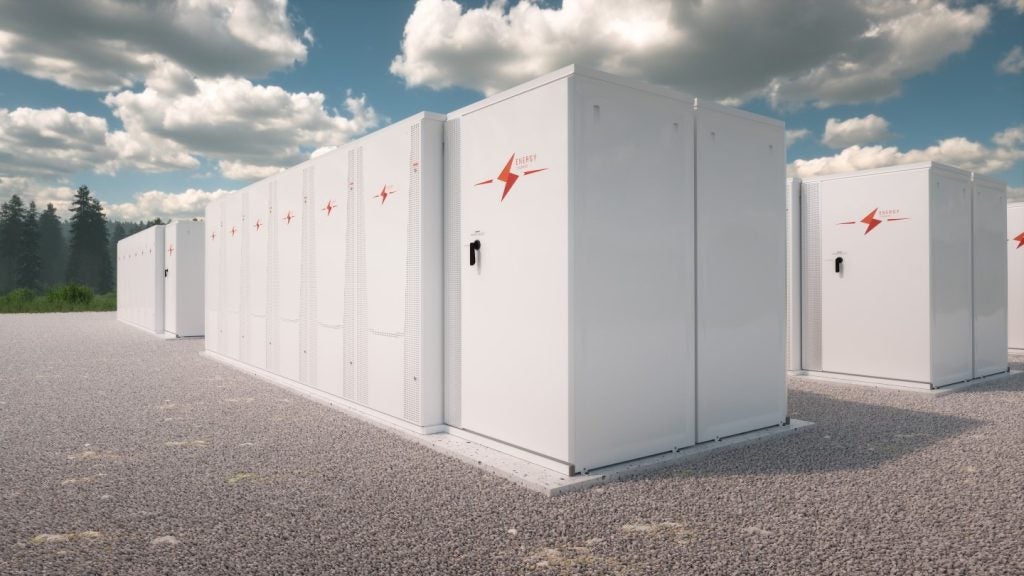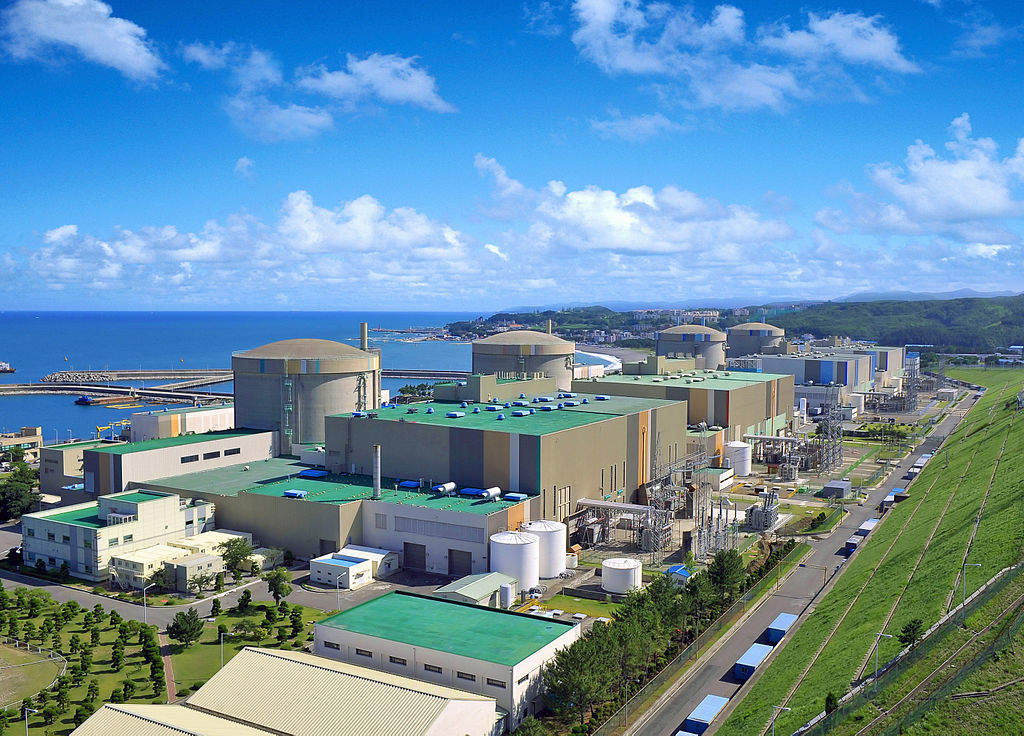The Non-Gong Substation 36 MW BESS – KEPCO / Kokam is a 36,000kW energy storage project located in South Korea. The rated storage capacity of the project is 13,000kWh.
The electro-chemical battery energy storage project uses hybrid as its storage technology. The project was announced in 2016.
Description
The Non-Gong Substation 36 MW BESS – KEPCO / Kokam is owned by Korea Electric Power (100%).
The key application of the project is frequency regulation.
Contractors involved
How well do you really know your competitors?
Access the most comprehensive Company Profiles on the market, powered by GlobalData. Save hours of research. Gain competitive edge.

Thank you!
Your download email will arrive shortly
Not ready to buy yet? Download a free sample
We are confident about the unique quality of our Company Profiles. However, we want you to make the most beneficial decision for your business, so we offer a free sample that you can download by submitting the below form
By GlobalDataKorea Electric Power is the owner. Kokam is the technology provider for the project.
Additional information
The ESS will feature a combination of two unique Kokam Lithium-ion battery technologies: the Ultra-high Power Nickel Manganese Cobalt battery and the NANO battery technology. The energy storage system (ESS) used for frequency regulation at the Non-Gong substation in South Korea. The project is for South Korea’s largest utility, Korea Electric Power Corporation (KEPCO).
Methodology
All publicly-announced energy storage projects included in this analysis are drawn from GlobalData’s Power IC. The information regarding the projects are sourced through secondary information sources such as country specific power players, company news and reports, statistical organisations, regulatory body, government planning reports and their publications and is further validated through primary from various stakeholders such as power utility companies, consultants, energy associations of respective countries, government bodies and professionals from leading players in the power sector.







